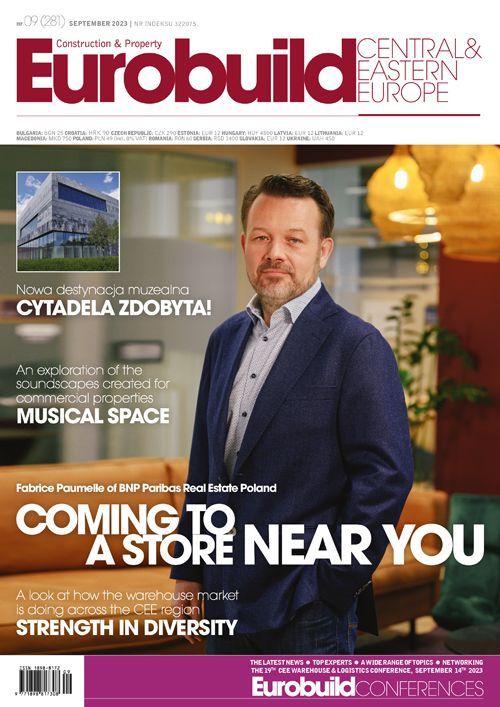US-based company Muzak began selling background music in the 1930s and has dominated the market ever since. Its story is that of how the use of music for commercial purposes has evolved over the last ninety years. At first, discreet melodies were played in hotels and restaurants; later they could be heard in shops. Nowadays, the phenomenon is ubiquitous, as some form of soundtrack has been added to almost every public space. Only libraries and museums remain oases of silence, but almost every other space is dominated by background music, although it is often piped out to drown out unwanted noise.
What do we want to listen to?
Mood Media, which acquired Muzak in 2011, has put together a list of the five most popular music genres and assigned each of them to their own specific spaces and purposes. The most consistently popular musical style, which is also the one most often used commercially, remains contemporary pop. “Pop is great for fashion and retail outlets, fast food res































































